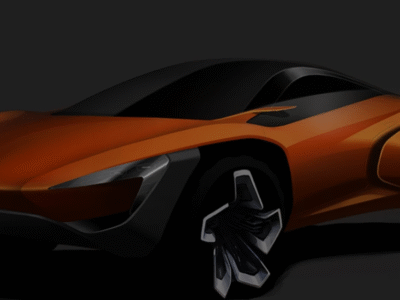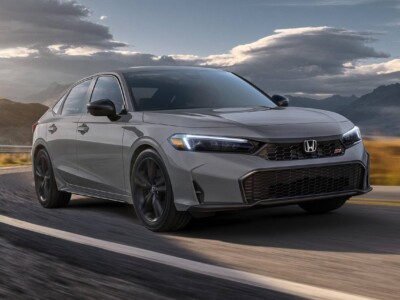
Unlike a combustion engine car where it doesn’t matter if the car refuels from completely empty or full, charging your EV from zero to 100 percent is generally not a good idea. Depending on the specific chemistry, batteries in many electric vehicles can be sensitive to how much and how often they are charged.
Electric Vehicles and Battery Chemistry:
Most electric vehicles available for sale today continue to use Nickel-Manganese-Cobalt (NMC) lithium-ion battery chemistry. These batteries have an “optimal point” concerning the battery’s state of charge to minimize degradation. Generally, this range is from 20 to 80 percent. During daily driving, the battery’s state of charge should not exceed 80 percent of its total capacity, nor should it drop below 20 percent.
Effectively, this means that in daily use, it’s safe to assume the usable range of an EV is equivalent to about 60 percent of its total battery capacity. Of course, charging to 100 percent for occasional road trips or other long-distance journeys is perfectly reasonable and should not have a substantial impact on battery life.
Variations in Battery Chemistry:
Some electric vehicles, particularly those originating from China, like the entry-level Tesla Model 3 (single motor), use a different lithium-ion battery chemistry, namely Lithium Iron Phosphate (LFP). In this particular case, Tesla suggests that regularly charging the car to full capacity will not impact the battery’s lifespan. Other electric vehicles using an LFP battery may or may not provide similar advice to their owners.
Impact of DC Fast Charging:
Another factor that can affect battery life is frequent use of DC fast charging, commonly found at public electric vehicle fast-charging stations (also commonly known as Level 3 charging). DC fast charging results in high currents within the battery, increasing its temperature and charging it with additional voltage that could degrade the battery’s longevity.
The key takeaway here is that charging your EV battery at a DC fast-charging station should be done in moderation and used to quickly “top up” the battery, rather than relying solely on charging the battery from empty to full.
Preferred Charging Method:
Instead, charging your vehicle overnight through a slower AC (alternating current) charge (Level 1 and Level 2 charging, if available at your residence) should be the primary way to charge your electric vehicle. This also comes with the additional benefit of allowing you to leave home each morning with a full charge.
Advanced Battery Preconditioning:
Some newer electric vehicles come with an advanced form of battery preconditioning, which can further reduce the long-term impacts associated with frequent use of DC fast-charging stations. If the driver uses the car’s built-in GPS system to navigate directly to a fast-charging station, the car will automatically begin cooling or heating the battery as needed, based on ambient temperature and other environmental conditions, ensuring it’s at the optimal temperature by the time it reaches the charger.
This not only can reduce stress on the battery and thereby maximize its lifespan but could also reduce charging times, as the battery temperature doesn’t have to rise or fall significantly after plugging in the car.
EV Battery Warranties:
Regardless of how you charge your EV battery, most automakers offer a specific battery warranty independent of the warranty covering the rest of the vehicle components.
The current industry standard for electric vehicle battery warranties is eight years or 160,000 km, whichever comes first. In most cases, the manufacturer will guarantee that the battery retains at least 70 percent of its original charging capacity during this period.
Of course, some manufacturers deviate slightly from this standard. For example, BMW covers the batteries of its electric vehicles for eight years or 100,000 km, while Nissan refers to a minimum retention of ‘9 bars out of 12’ (i.e., 75 percent) for its Leaf model.







